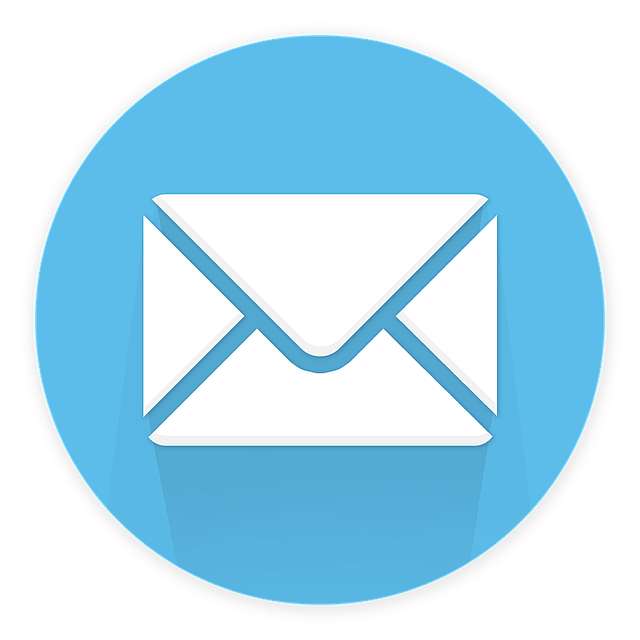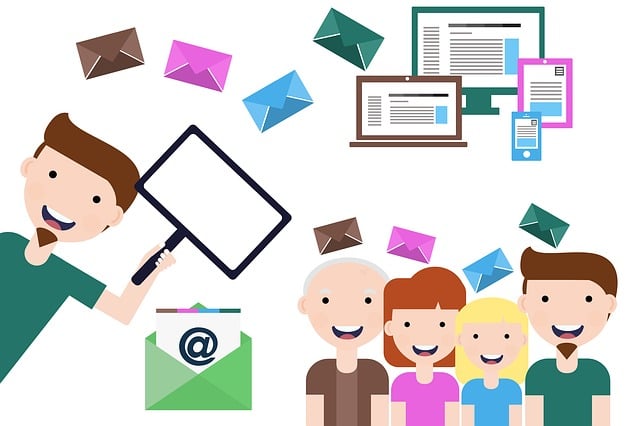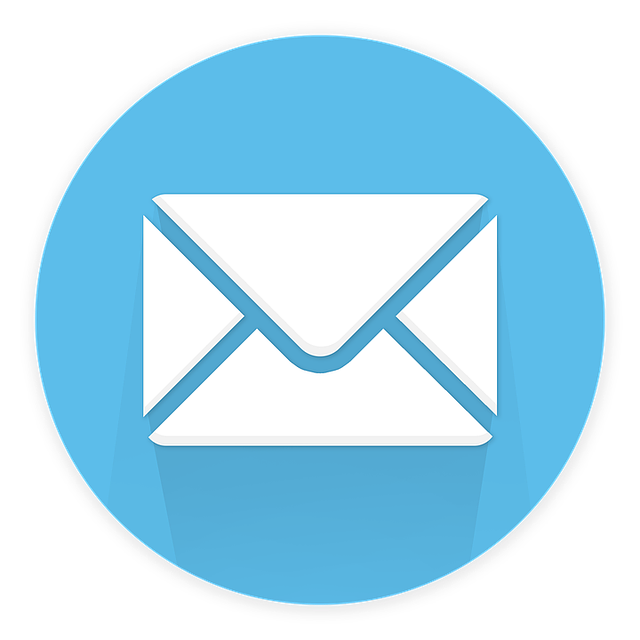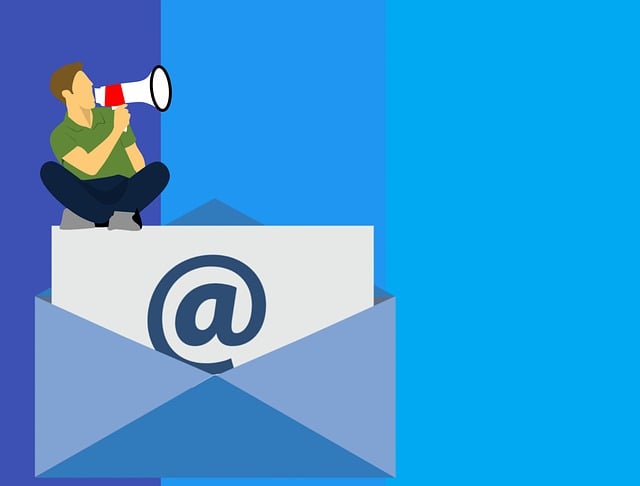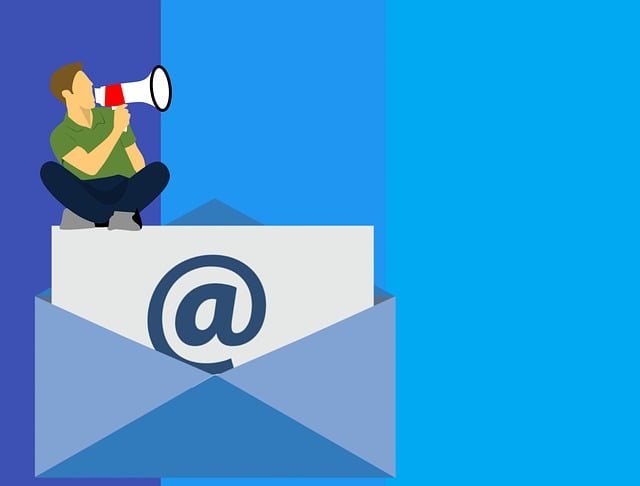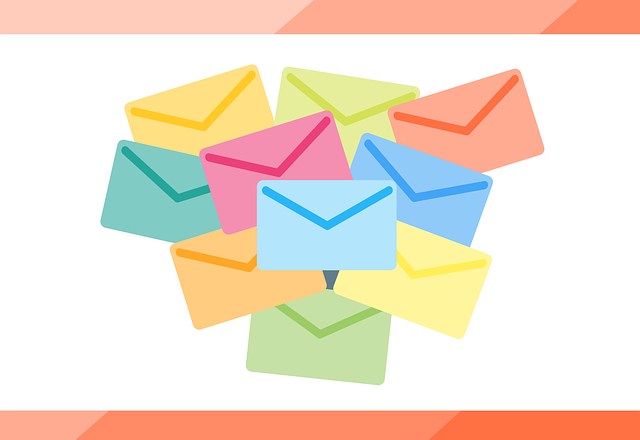In the vast digital landscape, your content is a shining gem waiting to be discovered. But how do you ensure that it reaches the right audience? The answer lies in the power of email marketing.
Just like a skilled jeweler, you can craft an effective email marketing strategy that will promote your content to those who truly value it. Think of your emails as the key that unlocks the door to your audience’s hearts and minds. With the right approach, you can captivate their attention, drive engagement, and ultimately, achieve your content promotion goals.
In this article, we will guide you through 8 essential steps to create an email marketing strategy that delivers results. From defining your goals and target audience to analyzing campaign data, each step is designed to maximize the impact of your content promotion efforts.
So, let’s dive in and start polishing your email marketing strategy to perfection.
Key Takeaways
- Define goals and target audience before creating an email marketing strategy.
- Segment the email list based on demographics, interests, and preferences to improve open rates.
- Craft concise and attention-grabbing subject lines to increase email open rates.
- Incorporate eye-catching design and visuals in emails to capture attention and improve engagement.
Define Your Goals and Target Audience
Before diving into your email marketing strategy, it’s crucial to clearly define your goals and identify your target audience, so you can create a connection that resonates and ignites their curiosity.
To start, identify target personas by conducting thorough research on your existing customers or potential leads. Understand their demographics, behaviors, and pain points to tailor your content effectively.
Once you have a clear picture of your audience, determine campaign objectives. Do you want to increase website traffic, generate more leads, or boost sales? Set specific, measurable, achievable, relevant, and time-bound (SMART) goals.
By defining your goals and understanding your target audience, you can create personalized and impactful content that will resonate with your subscribers.
With this foundation in place, let’s move on to the next section about building and segmenting your email list.
Build and Segment Your Email List
First, how can you build and segment your email list in order to maximize your content promotion efforts? Building a strong email list is crucial for successful email marketing. Start by offering valuable content or incentives on your website to encourage visitors to subscribe. You can also leverage social media platforms and lead generation tools to capture email addresses. Once you have a list, segment it based on demographics, interests, and preferences to ensure you send targeted content to the right audience. This will increase email deliverability and engagement. To illustrate the importance of segmentation, consider the following table:
| Segment | Size | Open Rate |
|---|---|---|
| Segment A | 5,000 | 25% |
| Segment B | 10,000 | 18% |
| Segment C | 15,000 | 12% |
| Segment D | 20,000 | 8% |
| Segment E | 25,000 | 5% |
By segmenting your list, you can clearly see the impact it has on open rates. Moving forward, crafting compelling subject lines and email content will further enhance your email marketing strategy.
Craft Compelling Subject Lines and Email Content
Crafting compelling subject lines and email content is essential for captivating your audience and driving engagement in your email campaigns. To create engaging emails that stand out in the crowded inbox, consider the following:
-
Keep it concise: Use short, attention-grabbing subject lines that entice readers to open your emails.
-
Personalize and segment: Tailor your content based on your audience’s preferences and behaviors. This targeted approach can significantly improve open and click-through rates.
-
A/B test: Experiment with different subject lines and email content variations to understand what resonates best with your audience. Use data-driven insights to optimize your future campaigns.
Measuring email performance is crucial for ensuring your strategy’s effectiveness. Analyze metrics like open rates, click-through rates, and conversions to gauge engagement levels. Use these insights to refine your email content and subject lines for maximum impact.
Transitioning into the next section, personalizing your emails is another key aspect of an effective email marketing strategy.
Personalize Your Emails for Maximum Impact
To truly captivate your audience and drive engagement in your email campaigns, it’s essential to infuse your emails with a personal touch that will make your recipients feel like just another name on a mailing list.
One effective way to achieve this is by using segmented messaging and automation tools. By segmenting your email list based on factors like demographics, past purchases, or browsing behavior, you can tailor your messages to each group’s specific interests and needs.
Automation tools allow you to send personalized emails triggered by specific actions or events, ensuring that your messages are timely and relevant. This level of personalization not only increases open rates and click-through rates but also builds a stronger connection with your audience.
As you move into the next section about using eye-catching design and visuals, keep in mind that personalization goes beyond just the content; it extends to the overall look and feel of your emails.
Use Eye-Catching Design and Visuals
Using eye-catching design and visuals in your emails is crucial for capturing your audience’s attention and making a lasting impression. Incorporating eye-catching templates and visual storytelling in your email marketing strategy can significantly enhance engagement and drive conversions.
Studies show that emails with visually appealing designs have higher open and click-through rates. By utilizing eye-catching templates, you can create a visually appealing email that stands out in a crowded inbox and entices recipients to take action.
Additionally, incorporating visual storytelling through relevant images, videos, or infographics can effectively communicate your message and evoke emotions in your audience. This can lead to increased brand awareness and customer loyalty.
Transitioning into the next section, tracking and analyzing your email campaigns allows you to optimize and improve your strategy for better results.
Track and Analyze Your Email Campaigns for Continuous Improvement
By monitoring and dissecting the results of your email campaigns, you can unveil hidden opportunities and uncover the untapped potential of your marketing efforts. Tracking and analyzing email metrics is essential for understanding the effectiveness of your content promotion strategy. One way to do this is through A/B testing, where you send two different versions of an email to a small segment of your audience and measure their response. This allows you to identify which elements, such as subject lines or call-to-action buttons, generate better engagement and conversions. By continuously analyzing these metrics, you can make data-driven decisions to optimize your email campaigns and improve their performance over time. Incorporating a 3 column and 5 row table can visually represent the data and help you easily compare and interpret the results.
Frequently Asked Questions
How can I ensure that my email marketing strategy aligns with my overall marketing goals?
To align your email marketing strategy with your overall marketing goals, it’s crucial to consider the importance of segmentation. By segmenting your email list based on customer preferences, demographics, or behavior, you can deliver targeted content that resonates with your audience. This approach increases engagement, conversion rates, and ultimately drives your marketing objectives.
Utilize data-driven insights to refine your segmentation strategy and ensure that each email campaign supports your broader marketing goals.
What are some effective strategies for building and growing an email list?
To build and grow your email list, you need to employ effective opt-in strategies and lead magnet techniques.
Offer valuable incentives, like exclusive content or discounts, to encourage people to subscribe.
Use pop-ups, landing pages, and social media promotions to capture email addresses.
Also, leverage partnerships with influencers or run contests to attract more subscribers.
By implementing these strategies, you can quickly expand your email list and reach a wider audience, boosting your content promotion efforts.
How can I create personalized email content that resonates with my target audience?
To create personalized email content that resonates with your target audience, employ effective personalization techniques and audience segmentation.
By leveraging data on your subscribers’ preferences, behaviors, and demographics, you can craft tailored messages that speak directly to their needs and interests.
Utilize dynamic content, such as personalized subject lines and recommendations based on past purchases or browsing history.
This data-driven approach will help you deliver more relevant content, increase engagement, and drive conversions.
What are some best practices for designing visually appealing emails that grab the recipient’s attention?
To design visually appealing emails that grab the recipient’s attention, follow these visual design tips and email layout ideas.
Use a clean and uncluttered layout with a compelling subject line to entice the reader.
Incorporate eye-catching visuals, such as high-quality images and graphics, to make your emails visually appealing.
Use contrasting colors and fonts to highlight important information.
Keep your email design mobile-friendly and optimize it for quick loading.
By implementing these best practices, you’ll captivate your audience and increase engagement with your email content.
What key metrics should I track and analyze to measure the success of my email campaigns?
To measure the success of your email campaigns, it’s crucial to track key metrics and analyze the data.
Start by monitoring email campaign metrics like open rates, click-through rates, conversion rates, and unsubscribe rates. These metrics provide valuable insights into the effectiveness of your campaigns and help you identify areas for improvement.
By analyzing email success through these metrics, you can make data-driven decisions to optimize your email marketing strategy and achieve better results.
Conclusion
Congratulations! You’ve successfully navigated the labyrinth of email marketing and emerged with a powerful strategy in hand. Like a skilled archer aiming for the bullseye, you’ve defined your goals, built your list, and crafted captivating content.
By personalizing your emails and using eye-catching visuals, you’ve captured the hearts and minds of your audience. And through diligent tracking and analysis, you’ve continuously honed your campaign to perfection.
Your email marketing strategy is now a symphony, harmonizing data and persuasion to drive unparalleled results. So go forth, brave marketer, and conquer the digital realm with your allegorical arsenal!

